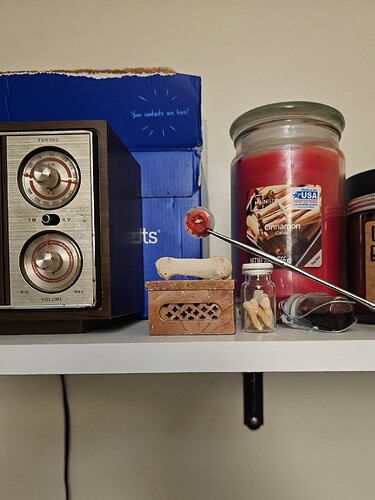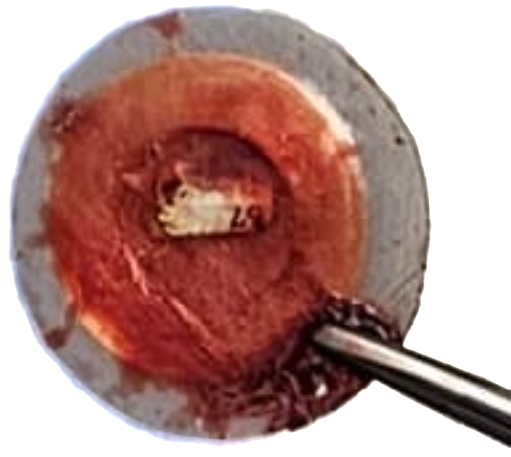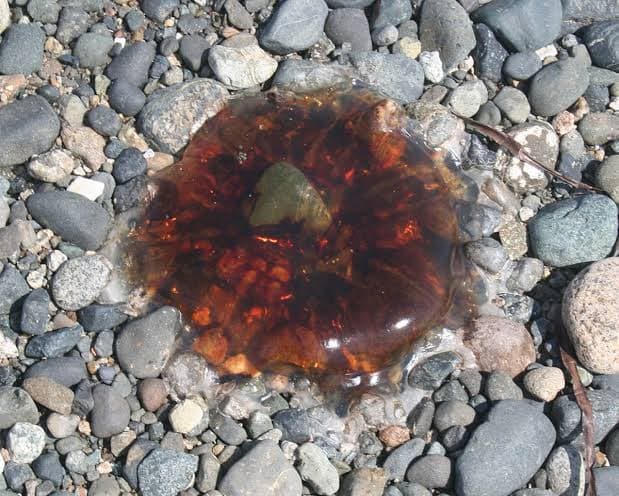Typing this up to share my experience and add to the information on this site about flex installs.
I installed the flexem with assistance from a fellow registered nurse. Tools were sterilized with heat and a soak in 12% H2O2, hands washed with chlorhexidine scrub, and install was carried out under sterile technique. The area was anesthesized with subcutaneous infiltration of lidocaine/epi and a tourniquet applied to control bleeding. A #15 disposable scalpel was used to make an incision and begin the subdermal pocket in the left wrist. A couple dermal elevators were used, but ultimately a set of hemostats were most effective at creating a subdermal pocket. The device was inserted by hand and the incision was originally closed with the dermabond prineo wound closure system. Ultimately, due to irritation from the glue, this was replaced with butterfly bandages.
The wound was kept clean and dry, covered with a transparent dressing. For the following five days, I had off from work and was able to rest and care for the incision. The wound showed no increase of inflammation over this time, but the wound edges did not close completely due to insufficient space being made for the device to sit in. After 3 days back at work, the site became inflamed, warm to the touch, and began producing a moderate amount of serous drainage.
At that point I sought medical help, started a course of oral and topical antibiotics, removed the device, irrigated the wound and had the wound sutured. After 48 hours of rest, elevation, antibiotics, and temperature therapy, the wound began to show marked progress toward recovery. During that time I developed a seroma, which was mostly relieved by manually expressing serum from the wound through the wound edges. Needle aspiration was used once to remove fluid due to pressure and stress building on the sutures.
I’m upset that it had to come to removing and compromising the device’s integrity due to manipulation during removal, but the placement was not viable from the start. Had it been placed so that the wound edges would have actually closed, I believe I wouldn’t have run into the problems I did. I’m still open to getting a flex implant, and I believe everything besides not making a deeper pocket for the implant went off without a hitch during the install. I also would prefer to use stitches as a closure device next time.


